6 Japanese Beauty Ingredients That Are Essential for Your Skin & Hair
Glowy skin and healthy hair are in your future.

Many products have already gained cult status, like eyelash curlers from Shu Uemura and SK-II’s face masks. But the ingredients that have made Japanese beauty products global powerhouses are also gaining popularity among American beauty brands and wellness spaces, from tsubaki oil to shiso, and are quickly becoming the most sought-after new products on the market.
“The Asia region has long been considered the center of beauty innovation,” states SCAD associate chair of The Business of Beauty and Fragrance Meloney Moore. “Beauty rituals in Asia have as many as 13 steps and they can change seasonally. The Asian consumer has a deep psychological relationship to beauty.” Moore reminds us that Korean beauty was really the first to reach Western culture in a major way, via products like BB creams, fun, colorful packaging, and sheet masks.
But with Western consumers focusing more on ingredients over the last five or so years, beauty lovers are now researching the origin stories of their favorite products, as well as demanding transparency from their new ones. And few countries have as stellar a reputation and history of ingredient innovation than Japan. “Japan is where most Asian people go for efficacious and transformative beauty products,” Moore reveals. “I believe J-beauty successfully signifies quality because it’s backed by a rich and meticulous culture, advanced formulation techniques, and powerful ingredients stories. This is very appealing to the younger generation.”
J-beauty’s influence is real, and all manner of beauty brands can’t help but be inspired, from buzzy newcomers to drugstore favorites. Here, six classic Japanese ingredients that have entered the beauty mainstream, what they can do for your hair and skin, and our go-to products.
RICE BRAN
Known as komenuka, the outer layer of the rice grain is brimming with antioxidants like gamma oryzanol, which deeply penetrates the skin, inositol, several B-spectrum vitamins, vitamin E, ferulic, linoleic, and oleic acids, proanthocyanidins—which support collagen and elastin—squalene, and nourishing proteins. “Rice bran is used in many ways and carries multiple benefits for the body, hair, and skin,” states skin therapist Samantha Mims. “Its high content in antioxidants such as vitamins E and C, squalane, and rich fatty acids contribute to scalp stimulation. Its effects on the hair are related to stronger and healthier hair.”
In skin care, rice bran has anti-aging properties that work to regenerate the skin by diminishing the appearance of fine lines and evening out the skin’s complexion. Mims recommends incorporating products with it into your fall and winter routines as it helps to efficiently hydrate skin. It’s also non-comedogenic and can be used as a gentle makeup remover.
Stevie Fox Bondi Babe Beach Glow Oil
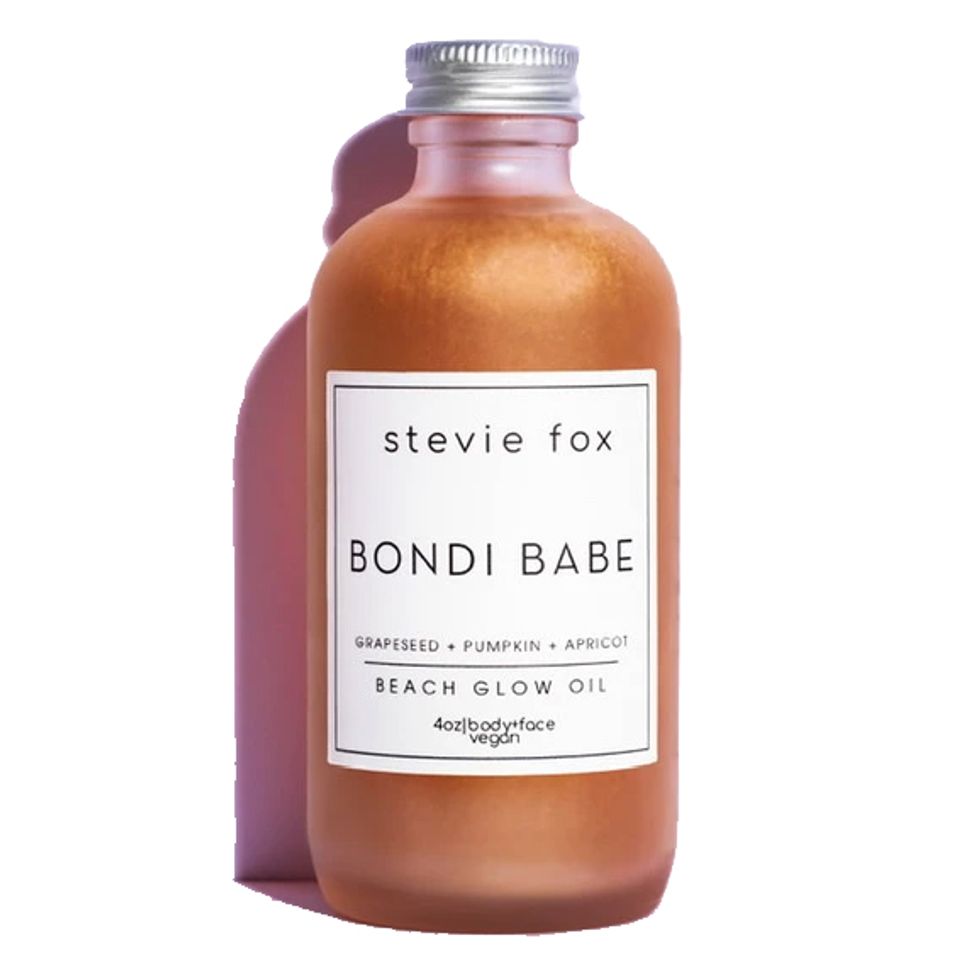
When Canadian sustainable beauty brand Stevie Fox launched in March of this year, it decided to place rice bran center stage in its hero product, the glow-boosting Bondi Babe Oil. “Rice-bran oil is a super sustainable oil—perhaps the ultimate in sustainability, given its benefits—being upcycled from the waste product of the rice industry, so we were immediately drawn to it,” founder Lisa Cherry tells Coveteur. “We were also drawn to its skin powers as it does so much to achieve that glow from within so easily, quickly, and effectively.” Stevie Fox harvests their rice bran domestically in Canada to help keep their carbon footprint low, given the physical distance at play in shipping the ingredient from Japan.
Anokha Rice Bran & Pomegranate Facial Cleansing Oil

Natural skin-care brand Anokha incorporates rice bran into their cleansing oil because of its anti-inflammatory effects, how it absorbs quickly into the skin without leaving any residue, and the fact that it’s an ingredient gentle enough to be used on babies, according to founder Nina S. Naidu, MD, FACS. “Japanese beauty is refined, elevated, and simple—all things that speak to Anokha,” she states. “While our first incarnation focused heavily on South Asian ingredients, I wanted to be more global in both our outlook and sourcing, and the Japanese aesthetic very naturally spoke to us when we rebranded in 2019.”
Tatcha The Dewy Skin Cream

“The traditional Japanese approach to beauty is a holistic one, especially as it relates to ingredients,” states Tatcha CMO Sarah Curtis Henry. “It embodies the philosophy that what’s good for the body is good for the skin.” Tatcha uses rice bran in over a dozen of its products. This cream is one of its bestsellers worldwide, hydrating and plumping the skin and delivering a healthy glow.
TSUBAKI OIL
Known as Camellia Japonica, this winter-blooming flower is essential to Japanese beauty. Its seed breaks down into lightweight yet deeply moisturizing oil when cold-pressed. Geishas would use the oil to remove their elaborate makeup and restore their skin.
Though called Japanese camellia, the flower also grows in mainland China, southern Korea, and Taiwan, as well as in southern Japan. It is also the state flower of Alabama in the United States, truly speaking to its global influence. Tsubaki is a testament to how nature continues to sprout even when man-made borders change.
“Tsubaki is a great oil rich in fatty [acids] as well as vitamins A, D, E—great for hydration and overall repair,” says Dr. Sheila Farhang, board-certified dermatologist and founder of Avant Dermatology & Aesthetics. “I think this oil is particularly great for nail cuticles as well as hair. Its antifungal properties can also be used to prevent dandruff, though I always recommend seeing a dermatologist for scalp symptoms.”
KKW Beauty Skin Perfecting Setting Powder

A longtime fan of Japanese beauty and fashion (which is documented on both her Instagram feed and TV show), it’s no surprise that Kim Kardashian would rely on this ancient Japanese ingredient for one of her latest body products. Lightweight and meant for extended wear, the tsubaki oil in the powder complements the hyaluronic acid and strawberry-seed oil for ample hydration and a skin-perfecting finish.
Mutha Face Oil

MUTHA founder Hope Smith discovered a slew of Japanese ingredients on a trip she took to Japan, and the rest was history. “Tsubaki oil is a rare ingredient found in skin care because it is very expensive, but it’s such a skin superfood that we felt it was necessary to add into our oil,” she explains. Though Smith’s personal discovery of tsubaki oil was in Japan, MUTHA harvests it primarily from Jeju Island in South Korea. “The Jeju Island is such a pure place with fresh air, fertile soil, and pure water that creates the cleanest environment for ingredients,” she affirms. “The soil is rich in iron oxide and organic matters, and the volcanic island itself functions as a natural filter. For such reasons, Jeju was the best place from which to gain good ingredients.”
Crown Affair The Oil

Hair-care brand Crown Affair harvests its tsubaki oil from Japan, where CEO Dianna Cohen fell in love with the country and its beauty ethos after her own trip there. “Tsubaki has been used there for centuries because of its ability to retain moisture and penetrate the deepest layer of both the skin and hair,” she explains. “It’s filled with proteins and oleic acids, which keep the hair healthy and strong, and it’s remarkable for restoring moisture while still being weightless, which is exactly what I wanted to achieve for both The Oil and The Renewal Mask.”
YUZU
This citrus fruit is cultivated and harvested in Japan but grows in the wild in central China and Tibet, as well. Brimming with vitamin C, it helps to thoroughly cleanse your skin and flush your body from the inside out, while its bright and crisp fragrance helps to invigorate and refresh. It is customary to add yuzu to your bath in Japan on the winter solstice to soak away impurities and calm you for the season ahead.
Mims explains that yuzu oil is “great as an antioxidant serum for brightening hyperpigmentation and combating dryness.” In addition, for the body, “it supports respiratory health and can alleviate stress and anxiety. All the reasons why it is widely used in aromatherapy.”
Bioré Brightening Jelly Cleanser

Globally renowned Japanese-founded skin-care brand Bioré just launched an entire line of products fortified with yuzu lemon to brighten and balance the skin, including this cleanser. Vitamin C helps tackle discoloration while the unique gel texture removes dirt and oil that's clogging your pores.
Lepaar Yuzu Vitamin C Serum

This daily hydrating, oil-based serum was created using the ancient method of sun infusion, which releases the yuzu peel’s nutrients over a period of four to six months. Also infused with 24-karat gold, myrrh, and frankincense essential oils, the serum helps to improve your skin’s elasticity and boost collagen production.
[coveteur-shopping-module module_id=8]
JAPANESE WILD ROSE
A botanical native to East Asia, rosa rubiginosa, aka Japanese wild rose, has been cultivated throughout the centuries for its medicinal benefits. It has been traditionally used in Eastern medicine to treat wounds in poultice form, as well as in tea made from its dried petals to detoxify, relieve headaches, and improve circulation.
After the Japanese wild rose flowers bloom, the flowers produce rose hips, which are a natural source of essential fatty acids, rich in flavonoids, tannins, and vitamins A, C, and E.
“Japanese wild rose has been one of my favorite ingredients to date, as it is known for its natural antiseptic qualities along with its hydrating and soothing components,” states Mims. “It seems to be ideal for sensitive and maturing skin. It’s also good for immunity health as another excellent source of vitamin C.” When used in hair products, it strengthens and promotes healthy, moisturized hair.
Kjaer Weis Cream Blush
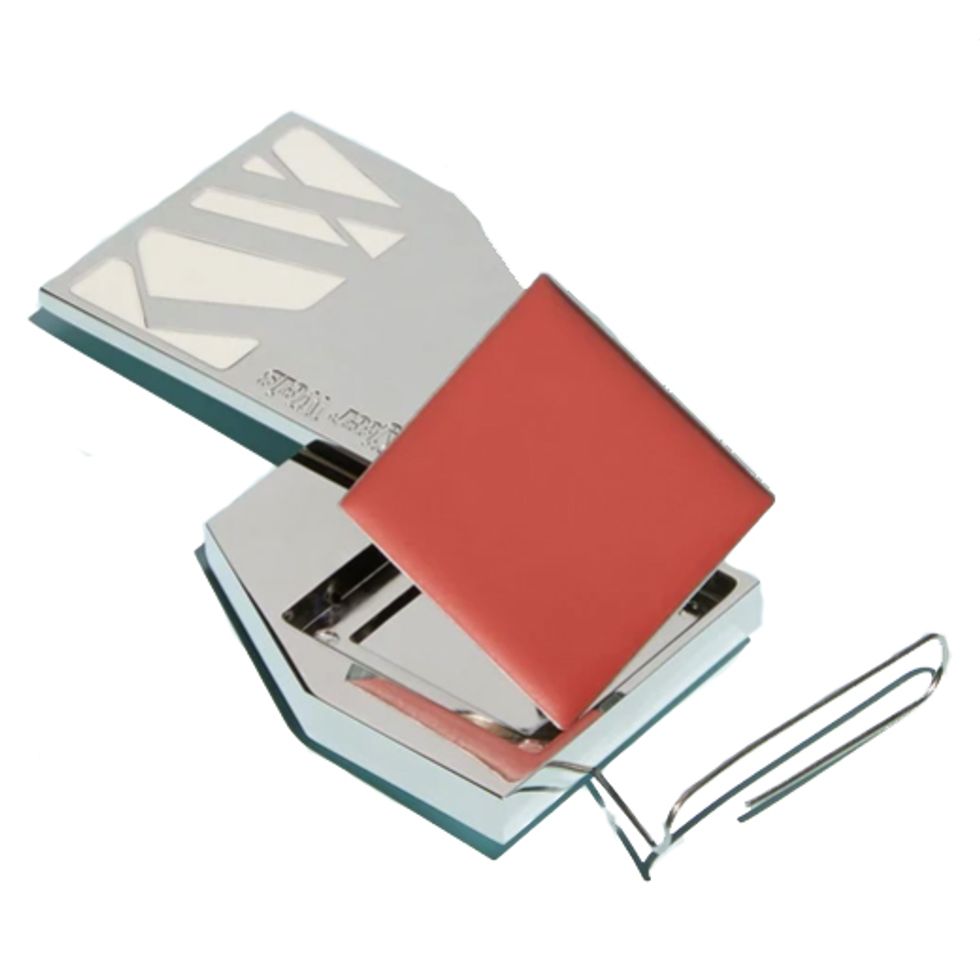
Sitting atop the lists of anyone who loves clean beauty, this hydrating cream blush delivers a gorgeous pop of color through rosa rubiginosa, along with castor seed oil, beeswax, and Gardenia Florida fruit extract. It comes in almost a dozen colors for the perfect flush for every skin tone.
Tata Harper Retinoic Nutrient Face Oil
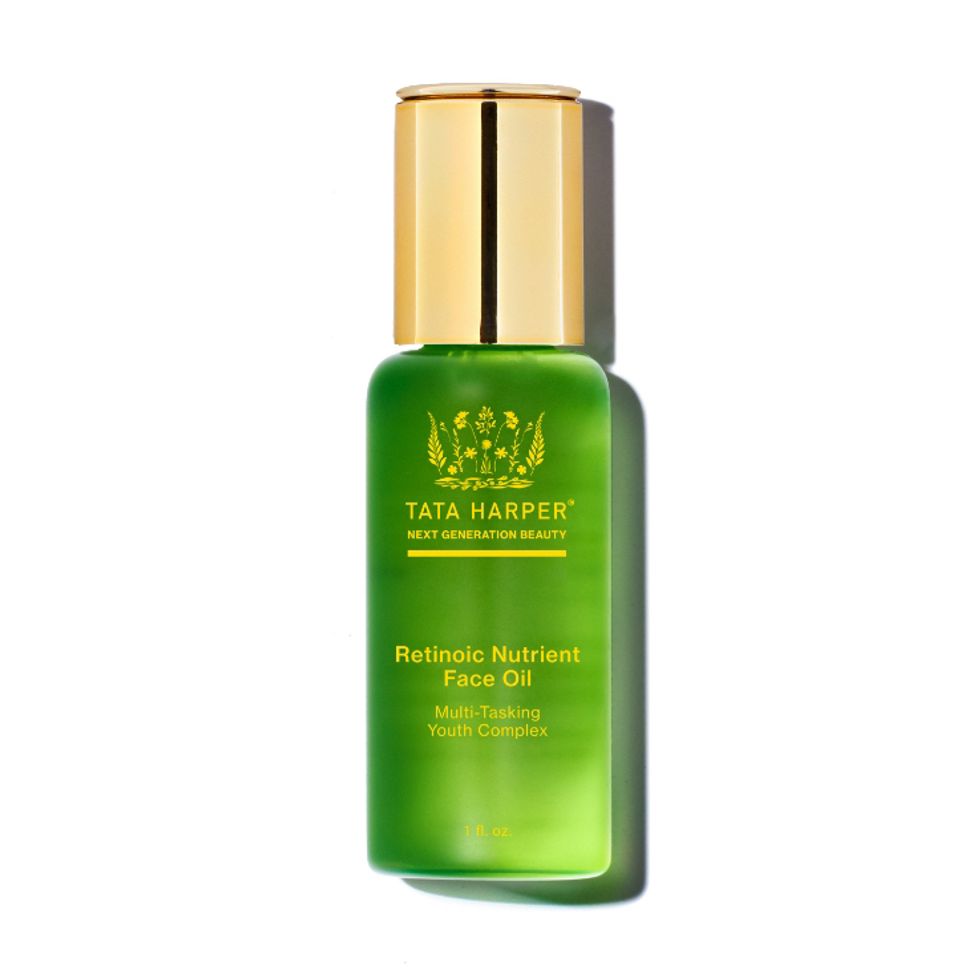
The OG of clean beauty brands, Tata Harper’s lightweight face oil serves up radiance and combats aging after just one use. It’s multi-purpose and truly gives you the most bang for your buck, as it can be used nightly for a deeply moisturizing treatment and on your cuticles for softer nail beds and hands.
Neal’s Yard Remedies Wild Rose Beauty Balm
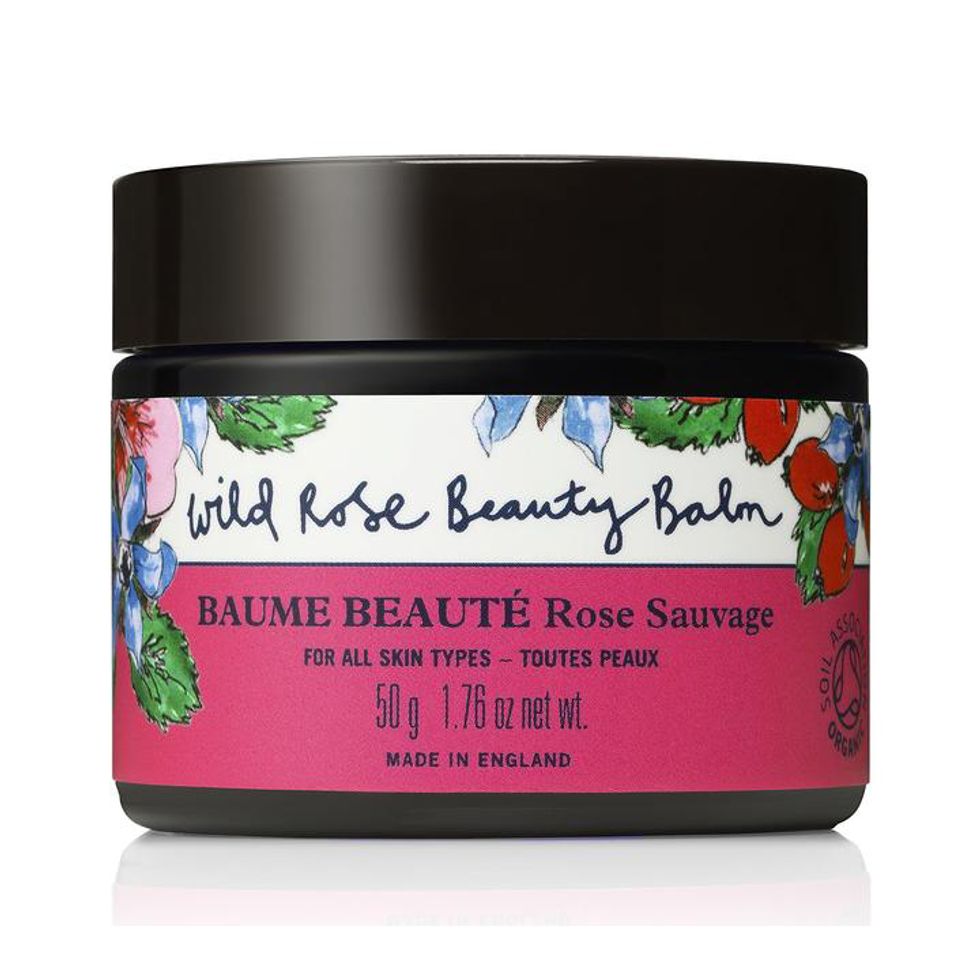
One of the hallmarks of today’s clean beauty products is making sure they’re multi-purpose, which helps consumers do more with less and helps reduce time spent on their routines. This cult-favorite balm can be used as a cleanser, makeup remover, highlighter, or a face mask. It also comes with an organic muslin cloth for gentle exfoliation.
HINOKI
A sacred tree in Japanese culture, hinoki is used to construct many Shinto shrines and temples in Japan. Its wood is not only antimicrobial, but its oil is an eco-conscious form of insect repellent. The powerful scent is commonly used in aromatherapy to promote a sense of relaxation. But we must note that hinoki is on the edge of becoming an endangered species, so it’s imperative that a brand discloses whether the oil or the wood itself is sustainably distilled, whether in their products or if they’re using it as a construction material at a spa.
Dr. Farhang sees hinoki used mainly in fragrance forms in cosmetics, soap, and toothpaste due to its “olfactory benefits such as reducing anxiety and calming down the central nervous system.” But of it and other essential oils, she warns, “They are notorious for causing allergic contact dermatitis in people that are sensitive to them, so I would spot-treat an area before using products with these oils in them.” She continues, “If there is no sensitivity, a lot of these oils are antioxidant, hydrating, and antibacterial. As plant-based goes more mainstream, we will be seeing more of these ingredients.”
KKW Fragrance Kim Emerald Diamond
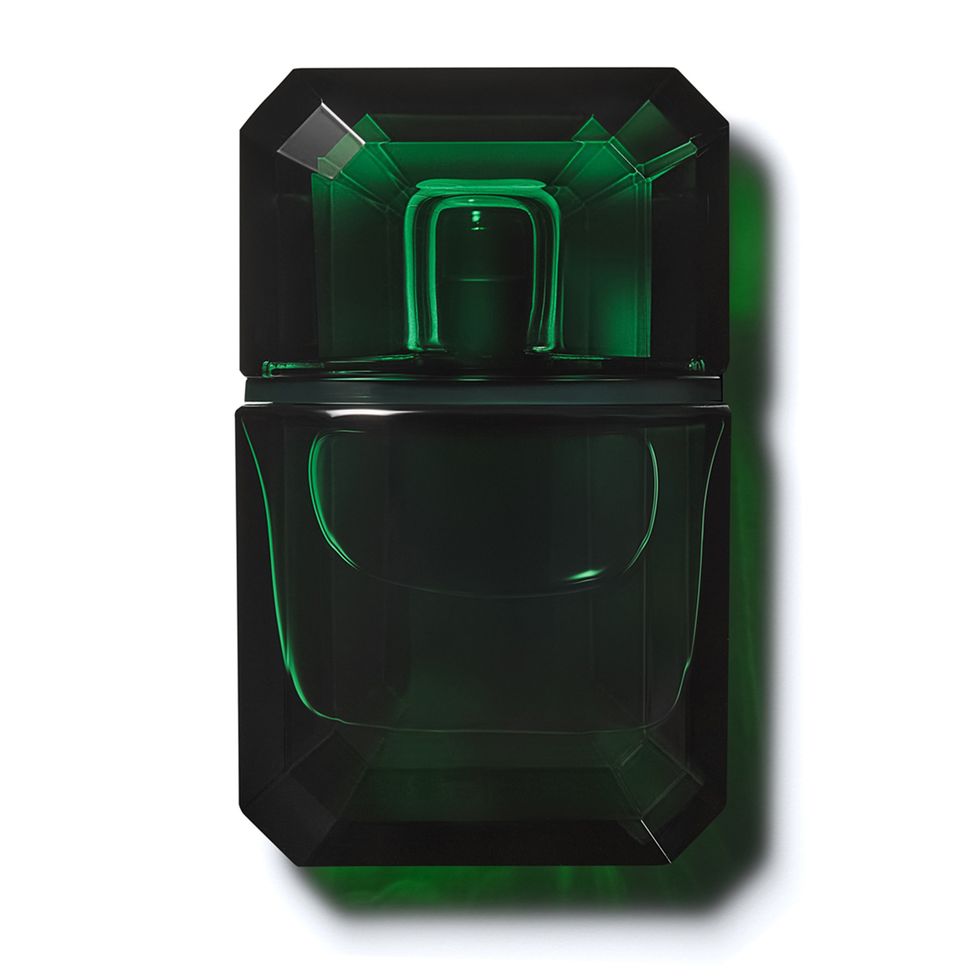
Sensing a pattern with Kim Kardashian and traditional Japanese beauty ingredients? The mogul features creamy hinoki wood in this fall-perfect scent’s dry-down because you can still spritz on fragrance even if you’re spending most of your time at home.
Le Labo Hinoki Shower Gel
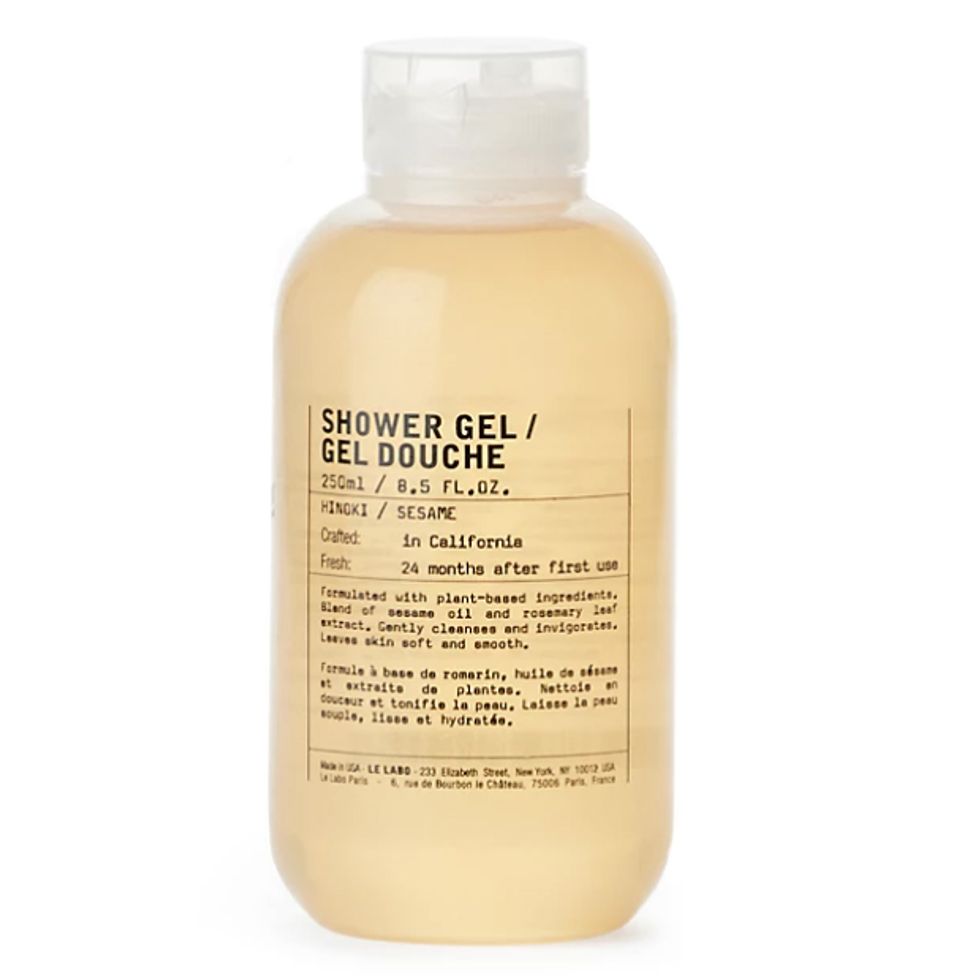
Drawing inspiration from the Buddhist temples of Mount Koya, this scented shower gel instantly transports you to the forest full of Hinoki trees if you close your eyes and breathe in. Its phthalate-free, paraben-free, planted-based formula also features toning rosemary leaf, hydrating sesame oil, and antioxidant-rich sunflower oil for a transformative shower experience.
Amayori Hinoki Onsen Essential Oil

We all know about Marie Kondo’s joy-sparking cleaning rituals, but the Japanese KonMari Method founder also likes to purify her home and unwind at the end of the day by diffusing essential oils. To invite relaxation, you can use this oil in a diffuser to calm and soothe.
WAKAME
Translating to English as “young cloth,” wakame is a sea vegetable full of broad-spectrum minerals and vitamins. It aids the nervous system, boosts hair and skin health, and helps digestion. It is also known for detoxing the body of impurities and harmful chemicals due to its high quantity of alginic acid. “Wakame is obtained from a [type of] seaweed, which is a great antioxidant and an anti-inflammatory,” states Dr. Farhang. “It is specifically known for its high ‘B-vitamin group’ such as vitamin B3, also known as niacinamide.”
Kypris Beauty Cerulean Soothing Hydration Recovery Mask
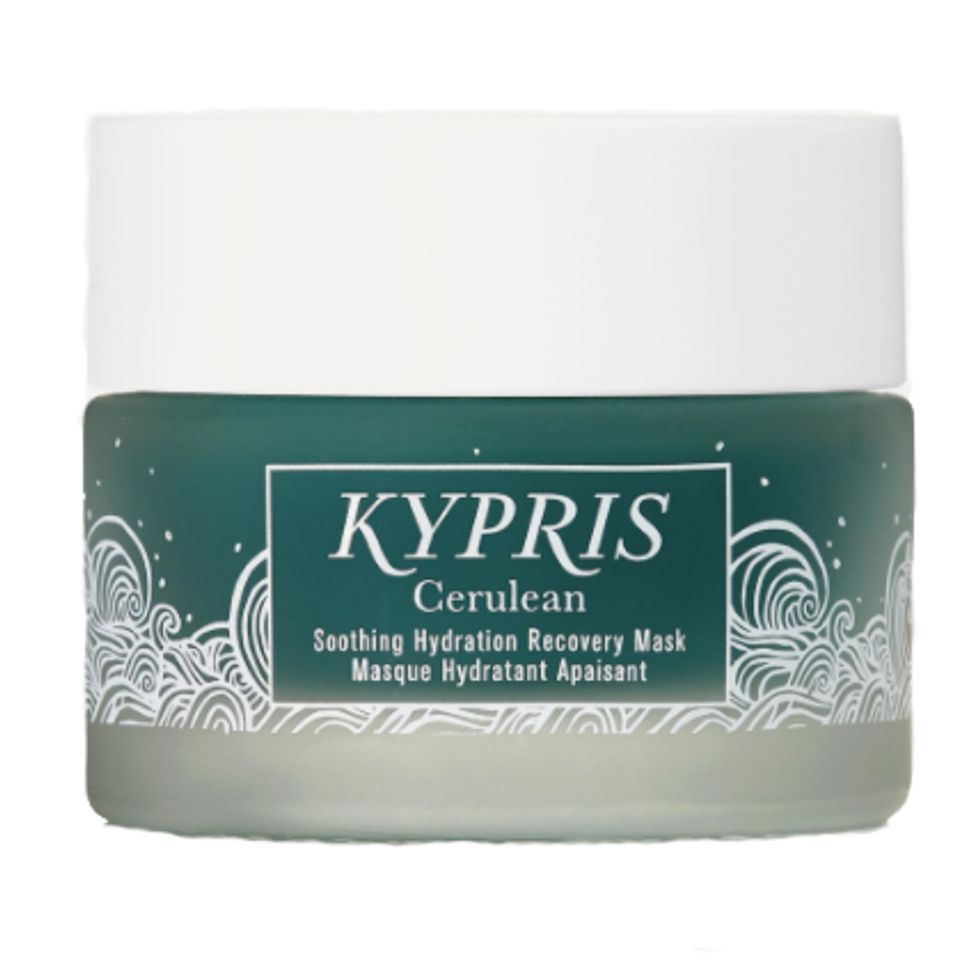
Thirty-six botanical and green biotechnological actives are used to create this intense treatment mask. Wakame helps it protect the skin from free radicals and pollution while seaweed, algae, and plankton deeply hydrate and restore the skin.
Babor Repair RX Ultimate ECM Repair Serum

If you’re looking for smooth, firm skin, look no further than this serum. It can be used morning and evening after cleansing for a rejuvenated complexion, as well as after microdermabrasion, a chemical peel, or an exfoliation treatment to help smooth the skin and alleviate hyperpigmentation.
Fitglow Redness Rescue Cream
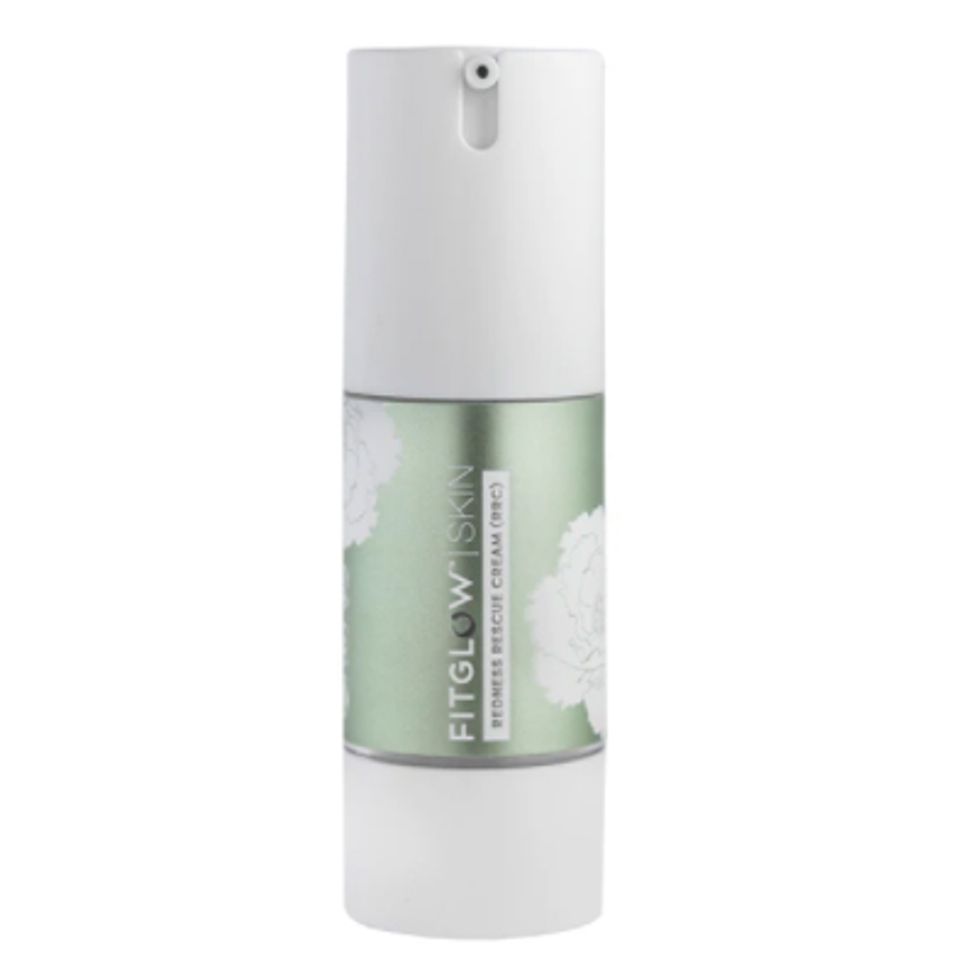
The added stress of the pandemic is definitely showing up on our skin, which is more inflamed than normal. This cream helps rescue and heal your skin by calming inflammation, hydrating, and reducing redness.
Want more stories like this?
Our 18 Must-Have Beauty Tools for Hair & Skin
Can You Slow the Greying of Hair? We Investigate
The 50 Best Beauty Products That Launched in September




